Local Legend: Adventurer & Explorer Dr Stan Mulvany grabs every opportunity
Sue Fea © the Southland App
05 February 2025, 3:34 AM
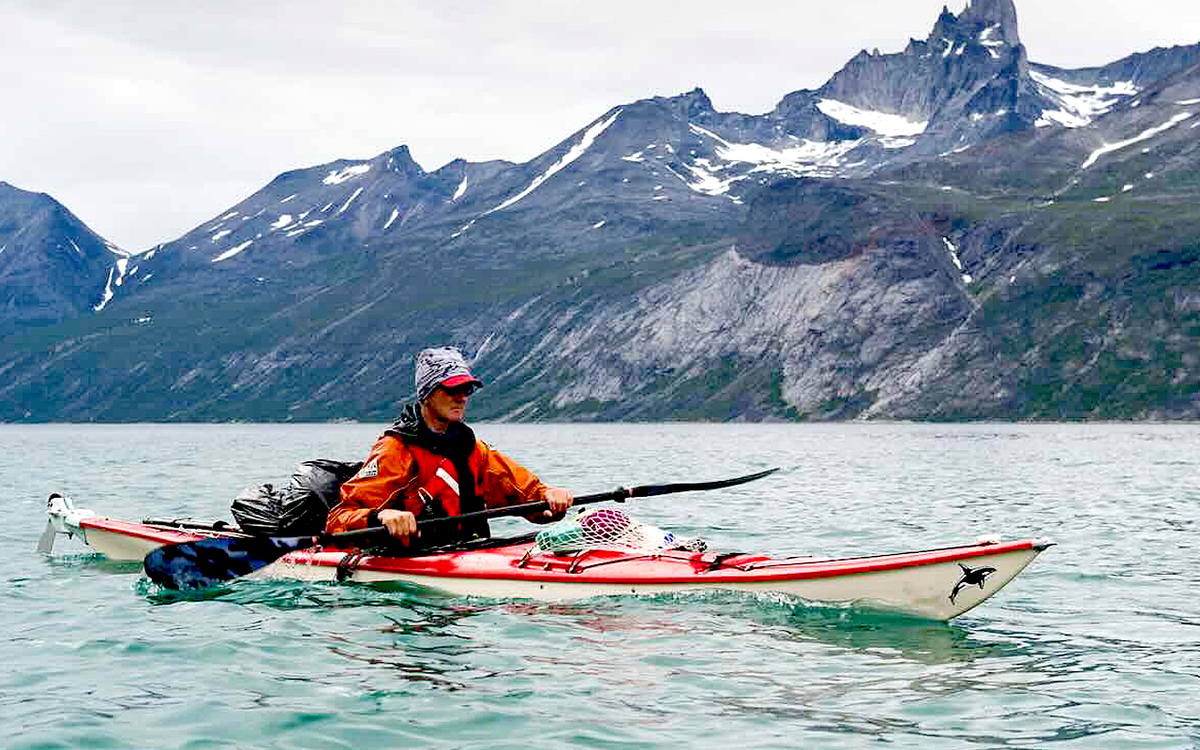 Southland adventurer Stan Mulvany kayaking in Greenland in 2014. Photo: Supplied
Southland adventurer Stan Mulvany kayaking in Greenland in 2014. Photo: SuppliedBorn in post-war Dublin in 1948 to a psychiatrist mother and farming father, little did Southland’s Stan Mulvany know he would become something of an intrepid modern-day explorer, venturing into every remote corner of the globe.
This Local Legend story is brought to you with the kind support of Locator Beacons New Zealand
But it wasn’t until his close-knit family moved to a farm in the Dublin Mountains in 1959 that Stan first discovered a love for hiking and the mountains. Money was tight and there wasn’t much time for sport and hobbies with Stan and his younger brother helping on the farm, but whenever he could, he’d head for the hills.
In his late teens Stan “drifted into” medicine – the family tradition, along with his brother, studying and excelling together at University College Dublin. By the time he graduated in 1972, the ‘Troubles’ (Na Trioblóidí), which started in 1968 in Northern Ireland, were in full swing. The Irish Republic’s economy was in the doldrums, and there seemed little future there so the entire family emigrated.
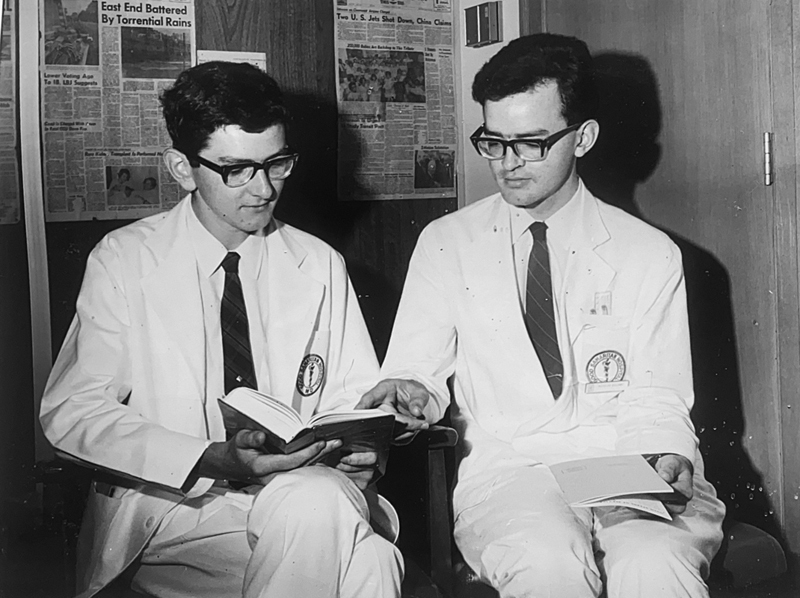
Stan (left) and his brother Nicholas at Good Samaritan Hospital, Ohio USA in 1969. Photo: Supplied
Stan came to New Zealand, working as a house surgeon in Wellington, Dunedin and Rotorua hospitals before a six-month climbing trip around the world with friends in 1975.
They climbed peaks in Nepal, Ireland, Scotland and Norway, then Western Canada and up to the Yukon, camping along the way.
Stan was hooked. It was the start of a 50-plus-year-climbing and outdoor adventure career, still going at 76.
There was more world to explore, so after working as a GP in NZ Stan headed to Australia in 1975, working in Canberra for five years.
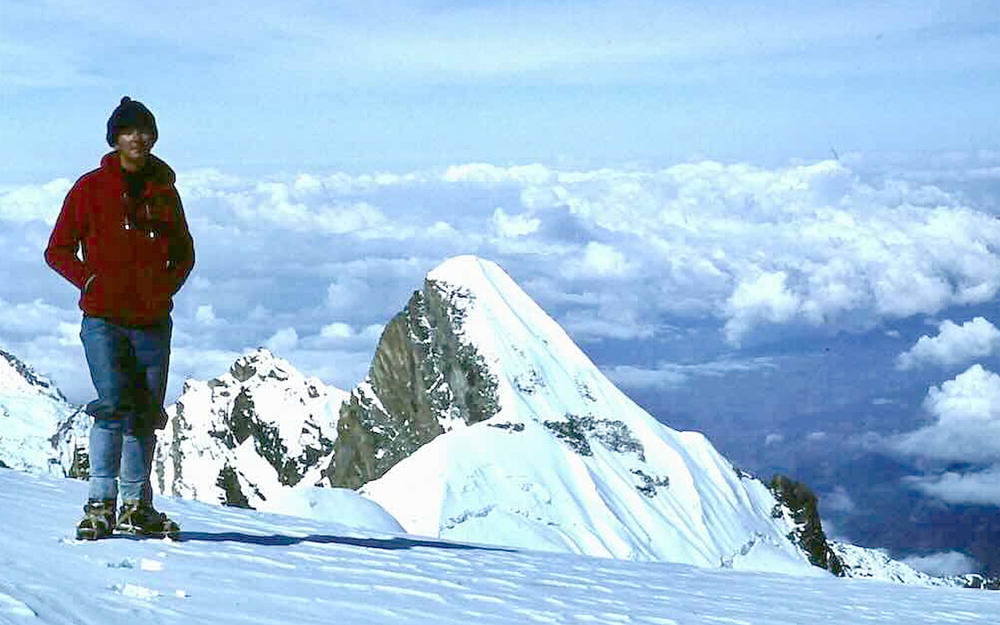
Stan at 6000metres on Ramdang Go in the Himalayas in 1981. Photo: Supplied
“But the love affair with the mountains was greater so I came back to NZ in 1982,” he says. He worked at Wellington Hospital as a radiology registrar until a moment of epiphany sent him south to the Southern Alps.
Initially he worked as a locum for Dr Hunter in Invercargill, then bought his GP practice.
In 2001 Stan merged the practice with Dr Sier Vermunt’s, and built the Waihopai Medical Centre, with Kieran O’Neill and John Burroughs. Medicine can be very stressful and full of drama but climbing, and eventually sea kayaking, became Stan’s escape.
After climbing many of the high peaks in the Mount Cook region – many failures, some great successes among them, he ventured into sea kayaking founding and running the Southland Sea Kayaking Network in 2003.
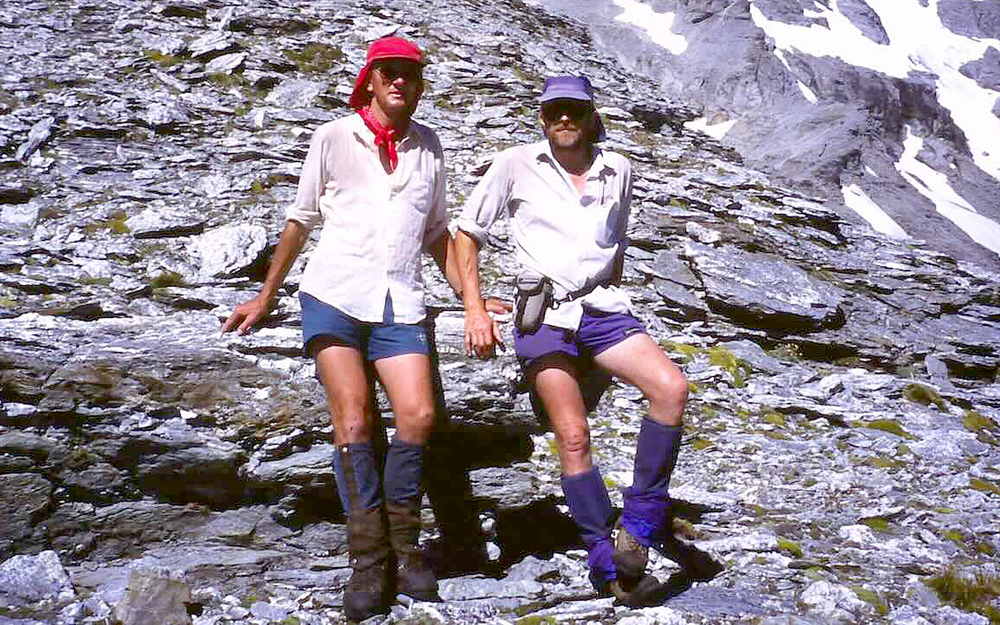
Stan near O'Leary Pass, Fiordland, in 1999. Photo: Supplied
The mountains beckoned once again and Stan got back into alpine climbing, also discovering mountain packrafting trips, and serving on the Southland section of the NZ Alpine Club for more than 30 years.
He’s led expeditions to North and South America – Alaska, Arctic Canada, the Canadian Rockies, Patagonia, Bolivia and Peru, to Europe climbing The Eiger, Northern Norway and Scotland.
He’s also led three to Southwest Greenland, including sea kayaking and a packrafting traverse, and climbing expeditions to remote peaks in the Himalayas, Pakistan and Tibet, biking across Central Asia and completing community service projects in Pakistan and Nepal.
In 2019, aged 70, Stan and friend Bruce Farmer did a packrafting and mountaineering trip across Southwest Greenland. “You have to be well prepared as you’re on your own out there,” he says. “We’d been doing this sort of thing for a lifetime.”
Adventures have included some “challenging situations” with black bear encounters, navigating treacherous, remote canyon gorges in Greenland and slogging through deep snow over high Himalayan passes in winter.
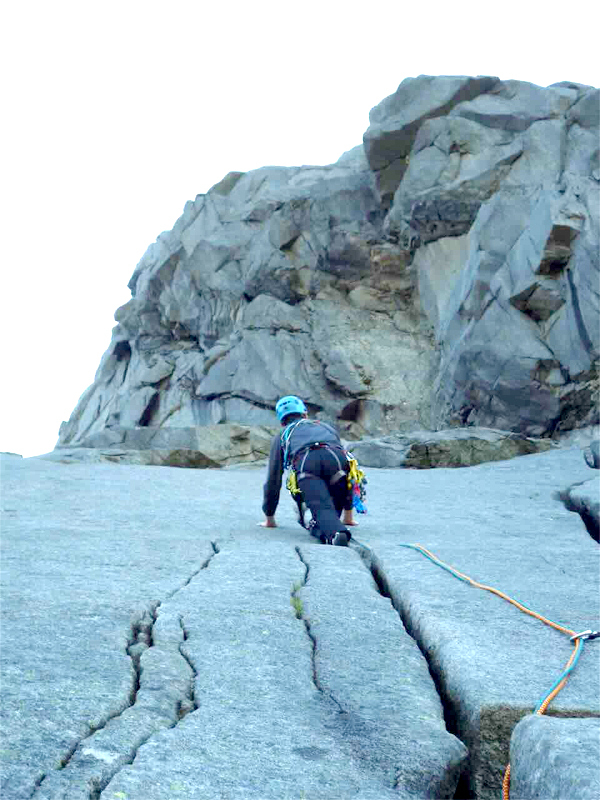
Stan climbing in the Lopfoten Islands in Norway in 2014. Photo: Supplied
Stan took up blue water sailing about 15 years ago, sailing for six months with David Haig across the Indian Ocean into Pirate Alley and the Middle East. He and Bryan Scott went to Nepal in challenging circumstances after the devastating earthquake in 2015 to garner support for earthquake relief.
It’s all the stuff of Bear Grylls and makes for good reading – Stan’s other talent writing. He’s written three books recounting his adventures and hopes to publish them this year.
“We’d always learn from the locals – the indigenous Inuit (Eskimos) how to keep watch for polar bears and camp safely, never where seals have been slaughtered, as we’ve never carried rifles.”
This Local Legend story is brought to you with the kind support of Locator Beacons New Zealand
In Pakistan, the Taliban were on the rise, so they had to be careful, as did Stan during a solo trip in a potentially volatile Yemen.
Stan’s learned the hard way about pack ice - his party had a close call surrounded by fast-moving sea ice against a cliff in South Greenland.
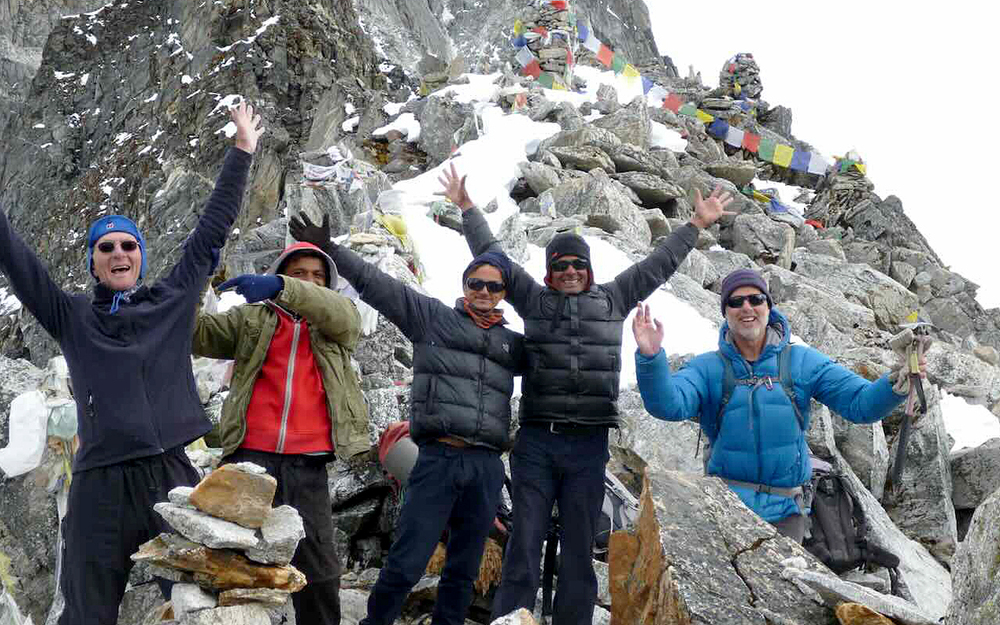
Stan (left) and his group at 5000m on Ganja La in the Himalayas, December 2015. Photo: Supplied
Mountaineers are bound to have near-death experiences, he says, but it’s something he brushes over. “I’ve had my share.” He does recall once having to be rescued by helicopter after a major fall in Mount Aspiring National Park.
Tragically, most mountaineers find themselves dealing with fatalities, however, Stan says his health and safety record has been pretty good. “I’m very careful with risk assessment. There are old climbers and bold climbers, but no old and bold climbers,” he says.
“I did get very hypothermic once in Australia, trapped in a waterfall while abseiling about 1978. I was in a poor state, but I managed to save myself.”
About 2013 Stan launched his own action to save the environment. “I realised things weren’t doing that well in terms of conservation and the environment here in NZ.”
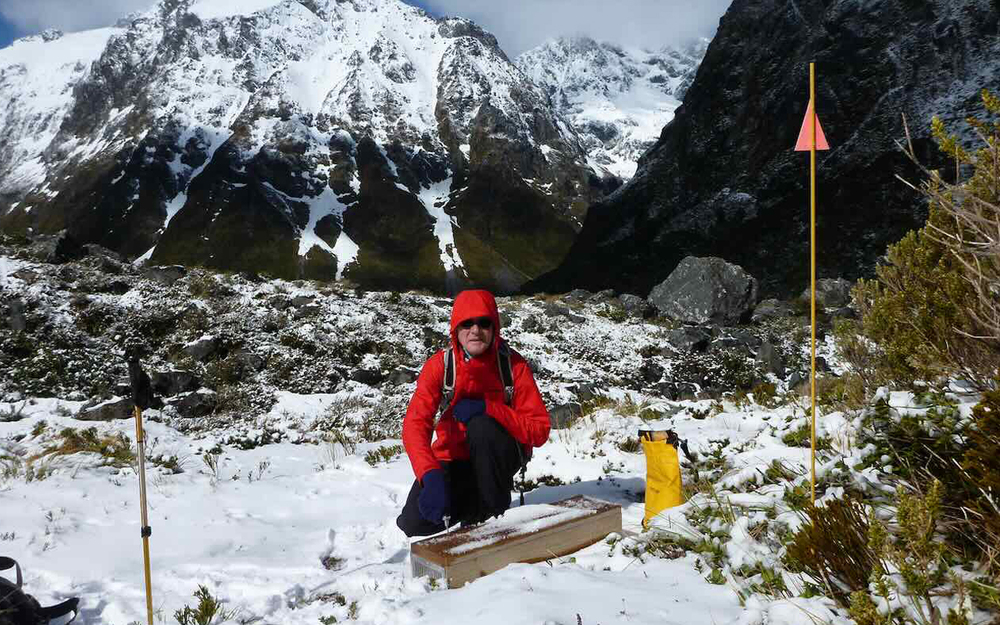
Stan checking traps at Homer in 2015. Photo: Supplied
With help from the Southland Section of the Alpine Club, the Southland Tramping Club and Fiordland Tramping and Outdoor Recreation Club, he began laying traplines near the Homer-Gertrude and Bowen valleys. He’s also worked in Dusky Sound, Resolution Island and Indian Island.
Stan’s also a trustee of the Permolat Southland Charitable Trust, its conservation/team leader, managing DOC traps in the Spey Valley and Deep Cove with support from wonderful collaborative sponsors.
Last year he went to Martins Bay for the Hollyford Conservation Trust, camping out on his own, servicing traplines in the mountains. “I just beaver away for a week in the bush by myself servicing traps. I love the work and environment. They’re now putting huts in for us. They must think we’re getting soft,” he jokes.
Stan and others work for American conservationist Edith Jones checking traps in her privately-owned Slope Point Forest, Stan’s wife Belinda helping remove plant pests. “That whole ecosystem has recovered enormously since Edith bought it about six years ago,” he says.
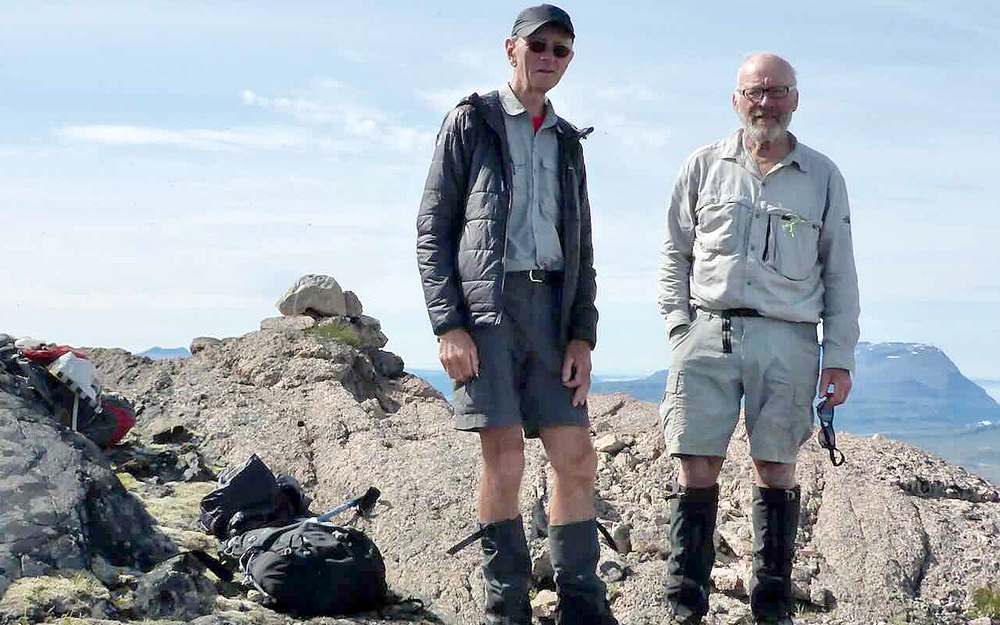
Stan and mate Bruce Farmer in Greenland in 2018. Photo: Supplied
Belinda, who’s shared in many adventures and helps on conservation missions, is understanding of his intrepid tendencies to explore. One of their two daughters, Tara, is already famous for her own sea kayaking adventures, becoming the first woman to circumnavigate the three islands of NZ by sea kayak. Dana and her family are also very adventurous.
So, it goes without saying that the pack’s out again this week (week ends Jan 31) as Stan and an old friend head deep into the heart of one of the most inaccessible and remote areas of Fiordland on yet another challenging mission.
Food caches have also been positioned and a refuelling ship lined up for a ride for yet another major southern expedition in February.
As Stan says, ‘Well, you’ve got to grab opportunities while the weather’s still warm and your health is up to it.”
Excerpts from ‘Arctic Journeys’
Southwest Greenland – 2018
…But some more bad news was to come, as there was a final gorge to negotiate. It loomed ahead like a giant bird of prey luring us into its icy talons. Our wild sheep trail disappeared as we forced our way through shoulder-height birch scrub along a terrace high above a gorge with a huge glacial river rushing with unfettered haste to the Sioralik Fjord….
..Now the sky darkened and rain was coming. Bruce was skeptical about this route but I was adrenalized and forging ahead. Now I was on a narrow ledge butting up against a cliff with a stupendous drop to the raging river far below….
.. . I went for a recce and found an ancient stone cairn possibly built by the Norse that marked a route down the bluffs to the valley below. I felt an ineffable, transcendental joy seeing this pile of rocks, covered in lichen that might be a millennium old in such a wild location…